 It's curious how our most beloved memories can be a huge source of inspiration.
It's curious how our most beloved memories can be a huge source of inspiration.
Now that spring is here among us, and we can get out and enjoy the good weather, a wonderful memory came to my mind: my days in Tuscany.
About seven years ago, I worked and lived there in a typical Italian farmhouse. During those brief six months, I had the opportunity to experience some of the most enriching moments of my life.
Just imagine my situation! It was my very first time traveling alone, talking in a foreign language (or trying to talk it!), and living abroad, in the middle of the countryside, among vineyards, forests, and olive groves! It was very tough in the beginning. (I have to admit: I’m a city girl at heart ![]() .) But with the passage of time, I started to feel much more comfortable there, with the environment and, above all, the delightful Tuscan people.
.) But with the passage of time, I started to feel much more comfortable there, with the environment and, above all, the delightful Tuscan people.
One of the most beautiful things I’ve ever seen (aside from the incredible Tuscan pizzas!) were the fields of sunflowers in bloom there. Believe me: It’s hard not to fall in love with these yellow beauties whose faces turn happily toward the sun! Combine them with the sweet smell of Mediterranean cypress trees, old Tuscan villas, and a bright blue sky, and you have a fantastic panorama of this welcoming land.
They say Tuscany is like a postcard because every view gets better. And they are right! So I decided to turn this beloved memory into a cookie to always keep the warm Tuscan sun inside my heart.
Would you like to discover how I’ve decorated it? ![]() [EDITOR'S NOTE: Oh, yes, of course! So sorry if I seemed distracted, but I was daydreaming about those idyllic Tuscan landscapes!
[EDITOR'S NOTE: Oh, yes, of course! So sorry if I seemed distracted, but I was daydreaming about those idyllic Tuscan landscapes! ![]() ]
]
- 1 rectangular cookie, flooded in a pale color (brown, peach, or creamy yellow) and completely dried (Please see the colors I used, below.)
- Large round paint brush, for inking stamps
- 3 rubber stamps: postcard, butterfly, and postage stamp
- Wafer paper
- Another large round paint brush, for dusting wafer paper and cookie edges
- Scissors or pinking shears
- Piping gel
- Flat brush, for applying piping gel
- Nontoxic pencil or edible marker (As always, I used a pencil for kids: Staedtler brand.)
- White royal icing, medium-stiff consistency, for piping sunflower
- PME #1.5 piping tip
- Small round paint brush, for handpainting sunflower
- For flooding the rectangular cookie: Sugarflair Dark Brown paste plus a pinch of Wilton Yellow gel
- For stamping the cookie and wafer paper postage stamp: Sugarflair Dark Brown paste
- For stamping the butterfly: Wilton Ivory gel
- To age the wafer paper postage stamp and finished cookie: Rainbow Dust Milk Chocolate powder and Sugarflair Terracotta powder.
- To handpaint the sunflower: Rainbow Dust Cream powder, Wilton Yellow paste, Sugarflair Terracotta powder, Sugarflair Yellow powder, and Rainbow Dust Olive green powder
Before we start, I’d like you to consider a couple of things . . .
About applying ink to rubber stamps:
The goal is to ensure a perfectly stamped image, so to avoid inked recesses that give unclear images, you can ink the stamps by gently tapping them onto an ink pad (always blotting the excess first), as you can see in Julia's video.
But in this case, I’ve opted to apply a thin coat of pure gel (or paste) color using a large round brush, since this postcard stamp is a bit large and has a lot of open areas within the design. (This way I can avoid inking the recesses altogether.)
For a distressed finish to the image, you can also ink the stamp with an edible marker and then gently press the stamp on the royal icing.
About the dimensional royal icing piping technique:
To get dimensional royal icing designs on your cookies (meaning ones with some relief, like the sunflower on this cookie), use stiff or medium-stiff consistency royal icing and a fine piping tip, the size of which depends on the scale of your design. I normally use a small round piping tip, such as a PME #1.5, for detailed shapes, as in this case.
Okay, let’s go with this project:
Step 1: Ink the postcard stamp with food coloring, and gently press it straight down on the iced cookie. Remember, the icing must be completely dry to avoid denting it. Please also be careful to apply even pressure to ensure an even design.
Step 2: Repeat the same inking process with the butterfly stamp. (Get creative, and mix up your stamp colors, if you'd like!)
Step 3: Now, let’s make the postage stamp! First, “stain” the wafer paper with the Brown and Terracotta dusting powders, using a clean, dry large round paint brush. Then, ink the postage stamp and press it straight down onto the wafer paper.
Finally, cut out the stamped paper with your scissors. (You can also use pinking shears to achieve a more realistic effect!)
Step 4: Brush a small amount of piping gel on the back of the wafer paper stamp, coating its entire surface. Then stick the stamp on the iced cookie by applying even, gentle pressure.
Step 5: Now, using an image or picture as a visual reference, draw a sunflower with the nontoxic pencil on the right side of the cookie. (You can also use an edible marker, of course.)
Note that I haven’t traced a sunflower illustration, because this flower is quite simple to draw freehand. But if you would like to transfer it, you could do so by using the paper transfer technique, which you can find in my handpainted rose tutorial.
Step 6: Once your sunflower has been traced on the iced cookie, pipe all of the outlined areas with white royal icing (medium-stiff consistency). More specifically, pipe the sunflower petals, leaves, and stem, one by one, slowly pressing out the icing to build up some height or "volume". This is what is meant by "dimensional" piping.
I recommend piping every other petal (or non-adjacent areas) first, letting them dry a bit, and then piping the areas in between. This way, each area is more likely to remain distinct.
- Orange: first set of petals to pipe
- Green: second set of petals to pipe
- Blue: third set of petals to pipe
- Pink: fourth and final set of petals (plus, center) to pipe
Step 7: Let the royal icing sunflower dry completely (about 1 hour at room temperature or 15 minutes in a dehydrator), and then handpaint it with the colors mentioned above (mixed with a few drops of vodka) and the small round paint brush.
Of course, you can use a sunflower picture as a color guide or the technique I explained in my rose tutorial to create different shades and shadows.
Step 8: And finally, add a vintage look to your postcard cookie by aging (aka dusting) the edges. Combine the Milk Chocolate and Terracotta dusting powders, and use another clean, dry large round paint brush to apply the dry mixture.
As Italians say . . . "Ecco fatto!" (“Done!” in English!) Our vintage postcard is now ready to be addressed! ![]()
I hope you enjoyed this tutorial as much as I enjoyed decorating this cookie!
See you in my next entry! ![]()
Cookie and photo credits: Aixa Zunino

 Aixa Zunino is the soul of Dolce Sentire, a virtual corner of sweetness and creativity dedicated to cookie decorating. On her site, this garden engineer, self-taught decorator, and lover of flowers and animals lets her imagination fly, sharing everything she has learned since discovering the world of cookies in early 2012. She combines this activity with courses around Spain (her current home) where she teaches all the secrets to getting dreamy cookies. Meet her on Facebook or her website, and email her your cookie decorating questions or concerns at dolcesentiredolci@gmail.com.
Aixa Zunino is the soul of Dolce Sentire, a virtual corner of sweetness and creativity dedicated to cookie decorating. On her site, this garden engineer, self-taught decorator, and lover of flowers and animals lets her imagination fly, sharing everything she has learned since discovering the world of cookies in early 2012. She combines this activity with courses around Spain (her current home) where she teaches all the secrets to getting dreamy cookies. Meet her on Facebook or her website, and email her your cookie decorating questions or concerns at dolcesentiredolci@gmail.com.
Photo credit: Aixa Zunino
Note: This article expresses the views of the author, and not necessarily those of this site, its owners, its administrators, or its employees. To read more of Dolce Sentire's tutorials, click here. And to see all of Cookie Connection's tutorials, click here.

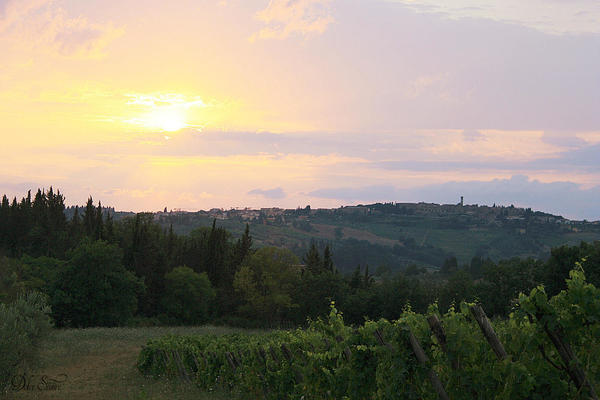
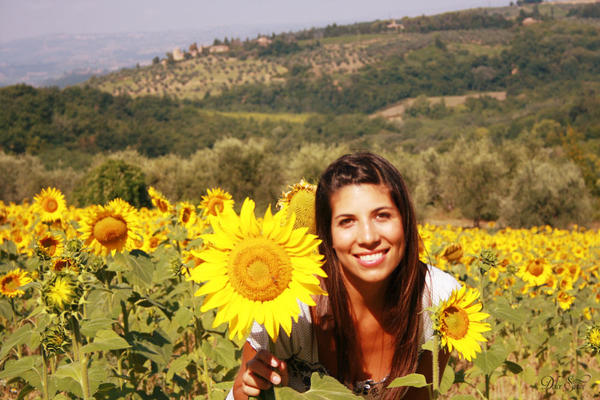
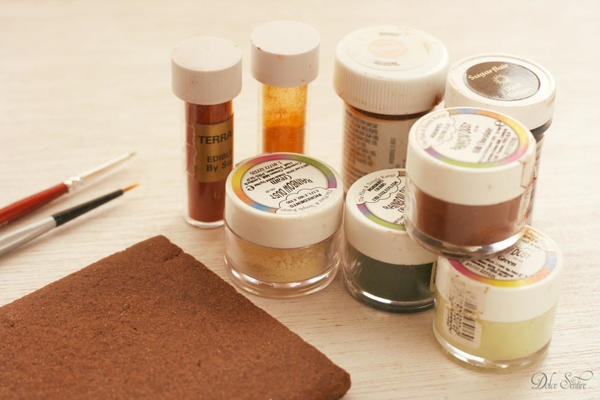


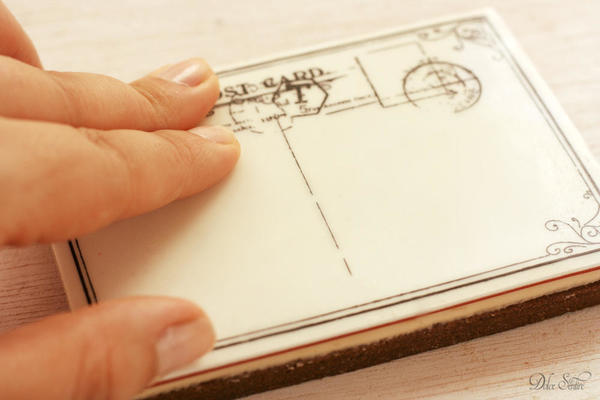
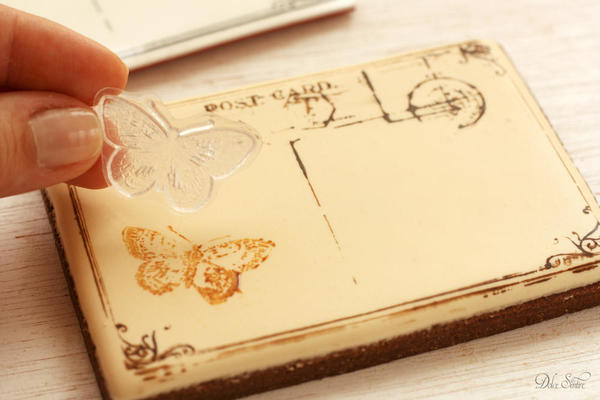

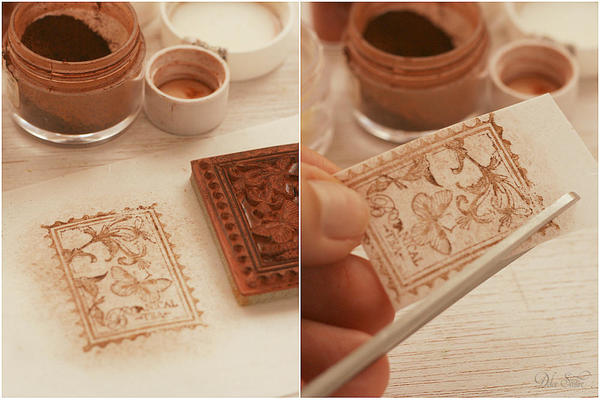

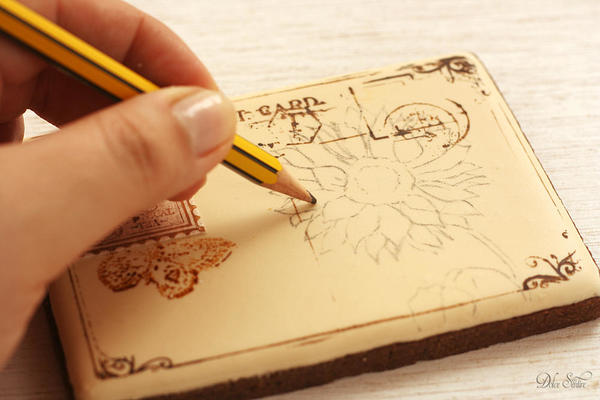


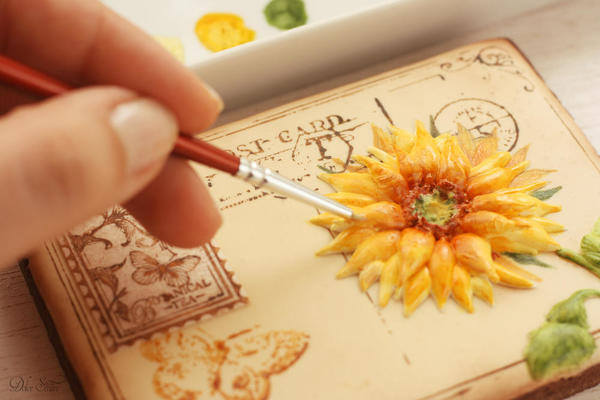





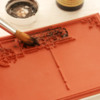


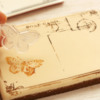
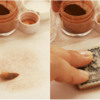
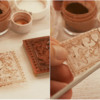


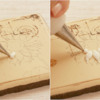
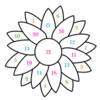



Comments (22)